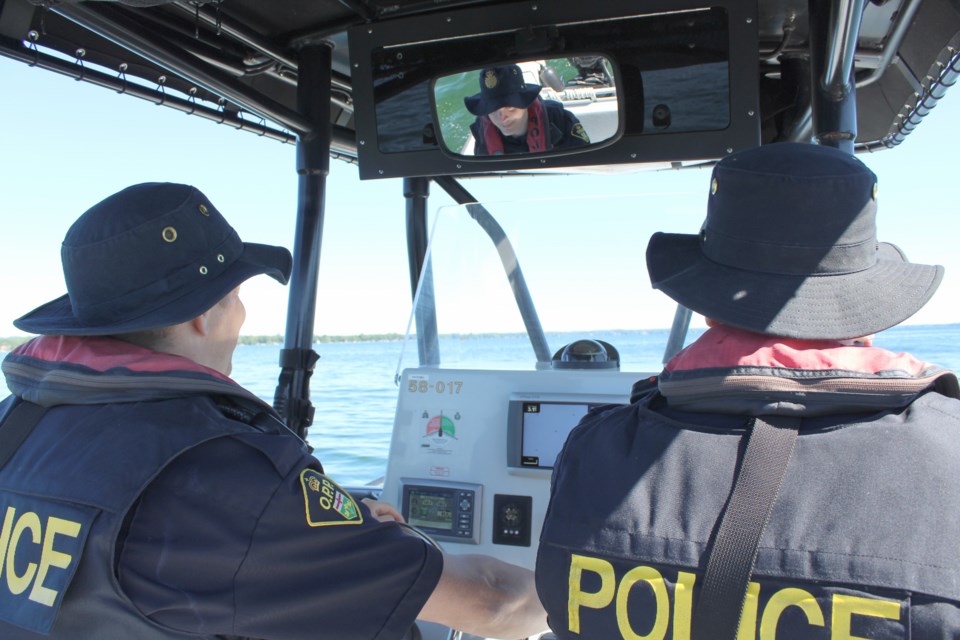The normal core body temperature is around 36.6 degrees C.
As the core temperature drops below 35 degrees C, shivering begins; it's the body’s attempt to generate more heat, internally.
Breathing, pulse and blood pressure first increase, then begin to drop, especially in the arms and legs, resulting in clumsiness, confusion and slurred speech.
When the core body temperature drops below 32 C, shivering stops. The body can no longer counteract cooling. Heart rhythm becomes irregular, oxygen consumption decreases and brain activity is slowed.
As the body continues to lose heat, the result can be coma, and without intervention, death.
This is hypothermia.
Hypothermia is caused by exposure to a cold environment. On land, it may take hours for hypothermia to progress but when a person is immersed in frigid water, it can take only minutes.
That is something to think about on this final day of the Victoria Day long weekend.
For many cottagers and boaters, the ‘May Two-Four Weekend’ is the unofficial start of summer – the time to open the cottage for the season and take the boat out for a first spin on the lake.
Too often, boaters forget that while the ice may be long gone, water temperatures in Canada are still hovering in the single digits – cold enough, in the case of an accidental immersion, to cause hypothermia within minutes.
The Canadian Red Cross advises wearing cold water protection such as a wet suit or exposure coveralls or, at least, multiple layers of dry clothing with a wind/waterproof outer layer. And always wear a PFD or lifejacket when out on the water.
Boating regulations only require that vessels carry a sufficient number of lifejackets or PFDs for each person on board, but if the PFDs are stowed in a cabin or under a seat, there may be no time to put them on if the boat capsizes.
And in cold water, the ability to function quickly disappears, making it almost impossible to get into a lifejacket while immersed.
Then there’s the “gasp reflex.” When you hit icy-cold water, the instinct is to gasp which, if you are submerged, can cause your lungs to fill with water.
The Lifesaving Society reported 311 water-related deaths in 2015, and 297 in 2016. About one-third were boating fatalities – 38 percent relating to capsized vessels, 28 percent to falling overboard. In 39 percent of fatalities, alcohol consumption was a factor.
In 82 percent of cases, victims were not wearing a PFD.
If you do end up in the water, you can increase your chances of survival by trying to get your body out of the water. Climb back onto the boat, or at least hold onto a floating object. Don’t try to swim any distance – swimming uses more energy.
If you are wearing a PFD, slow heat loss by getting into the Heat Escape Lessening Position (HELP). Cross your arms tightly across your chest and draw your knees up. Remain calm. The HELP position can reduce heat loss by 50 percent.
If you are with others wearing PFDs, huddle together, with chests and sides close together, legs and arms intertwined – another way to reduce heat loss.
Before heading out on the water, make sure that the vessel is in good working order, has a full tank of gas, and all mandated safety gear on board.
Let someone know where you plan to go and when you plan to return. Always check weather reports before heading out, and bring a fully-charged cellphone.
May 18 to 24 is Safe Boating Awareness Week, and the Canadian Safe Boating Council urges boaters to wear a PFD or lifejacket, boat sober, take a boating course, be prepared and be wary of the dangers of cold water immersion.
